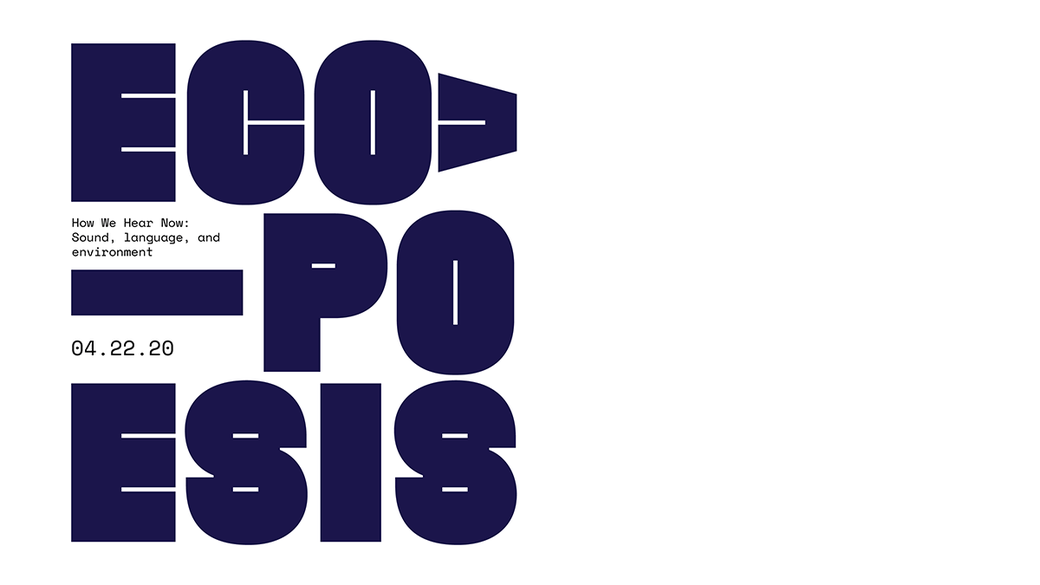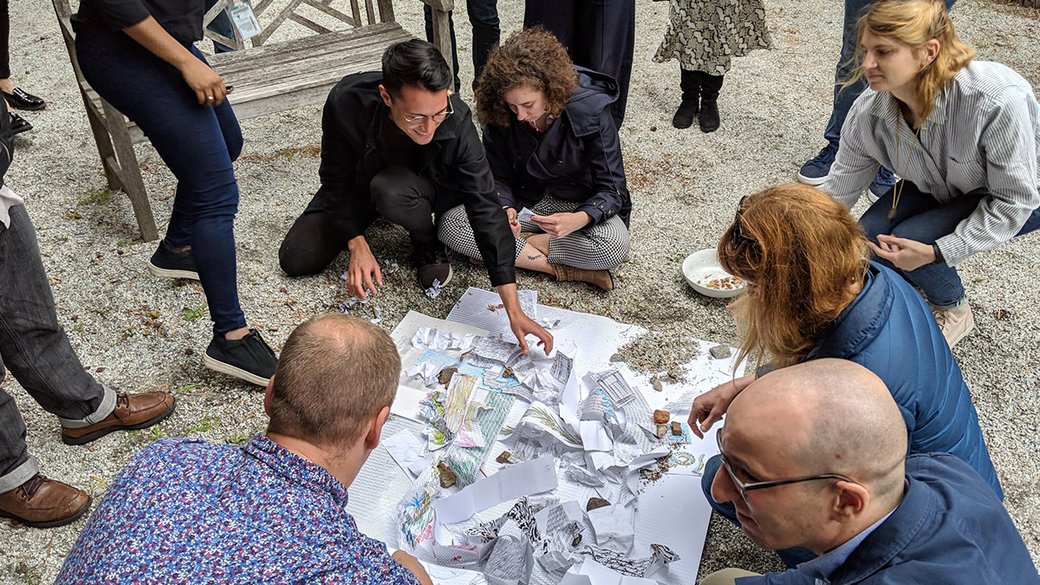Ecopoesis Project captures the sounds of a socially distanced world
To mark Earth Day’s 50th anniversary, How We Hear Now invites participants to record the unique sound of their environments.

To mark the 50th anniversary of Earth Day on April 22, the Ecopoesis Project introduces How We Hear Now, a participatory, collective artwork encouraging California College of the Arts students, colleagues, and important ecological thinkers from around the globe to reflect on the audible changes in their environments—environments that have grown noticeably quieter under the COVID-19 pandemic’s shelter-in-place orders.
How We Hear Now invites participants to construct a sound recording of their environments on Earth Day and provide notes on any unseen ecological or cultural factors.
“Our thought is to create an experience that mirrors this pause time— to interrogate through sound work the experience of how we hear the ‘nonhuman’ in many, varied forms.”
MFA Writing Chair
“Our thought is to create an experience that mirrors this pause time—to interrogate through sound work the experience of how we hear the ‘nonhuman’ in many, varied forms,” says MFA Writing Chair Leslie Carol Roberts, who co-founded the Ecopoesis Project alongside Architectural Ecologies Lab Director Adam Marcus and Associate Professor of Architecture Chris Falliers. Also contributing to the Ecopoesis Project are graduate students Margot Becker (MFA 2020) and Vishnu Balunsat (MArch 2020).
How We Hear Now replaces Ecopoesis’ second annual symposium—originally scheduled to take place this week—which was postponed until October as part of the college’s ongoing response to help limit the spread of COVID-19.
“Although we weren’t able to host our annual symposium and workshop this spring, we felt it was important to stage a gathering nonetheless, to provide a platform for our community to connect in this time of social distancing,” Falliers says.
CCA alum Patrick Monte (MArch 2018) is also part of the collaborative Ecopoesis Project team, helping to compile the audio recordings, environmental descriptions, and accompanying visuals for How We Hear Now.
“A main question driving the project is how to create environmental narratives or representations that are at once differentiated, multiscalar, and intelligible,” Monte says, adding that the project was conceived as an open framework that can be adapted to different circumstances.

Participants at Ecopoesis 2019
CCA’s Architecture program embraces free and open exchange of ideas about the future of not only buildings and cities, but also of systems, such as language, society, economy, and materiality. “That kind of understanding is very important for creating work like this,” Monte says, “where the creative question is not what the content should be—which in this case is more or less determined by participants—but rather how to create a system that amplifies and contextualizes that content in meaningful ways.”
The Ecopoesis Project is a collaboration between CCA’s MFA Writing program and Architectural Ecologies Lab. The project offers a place for interdisciplinary discussion of ecologies as form and language and is “grappling with the profound uncertainties arising from global climate change,” Marcus says.
“Our hope is that the work will record the strangeness and uniqueness of this moment, but also capture glimmers of optimism and hope that we can see in the resurgence of local ecosystems over the past weeks,” Marcus adds.